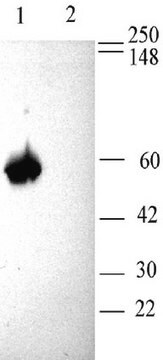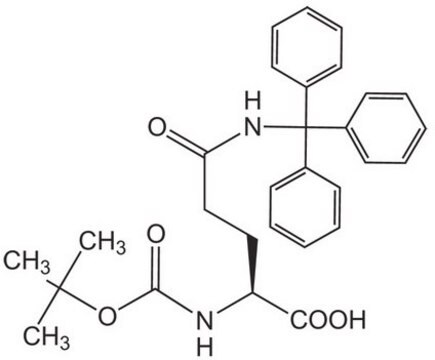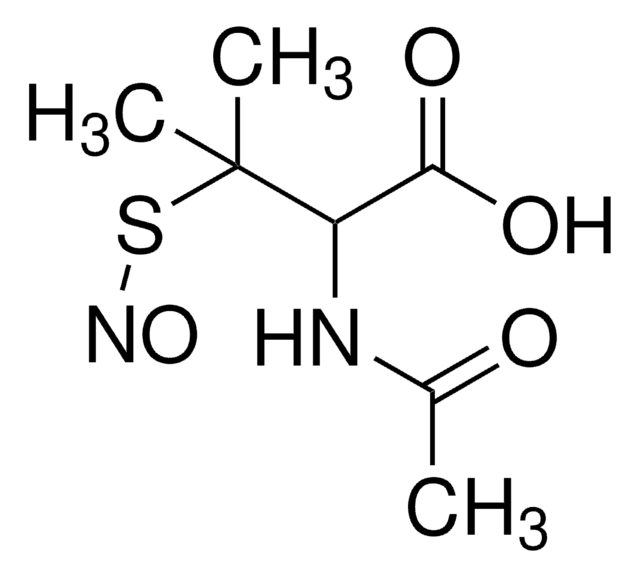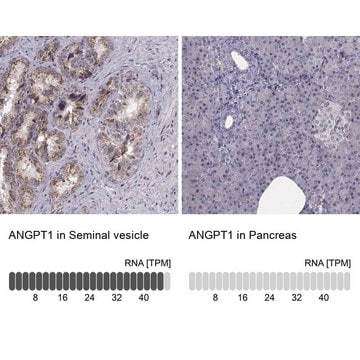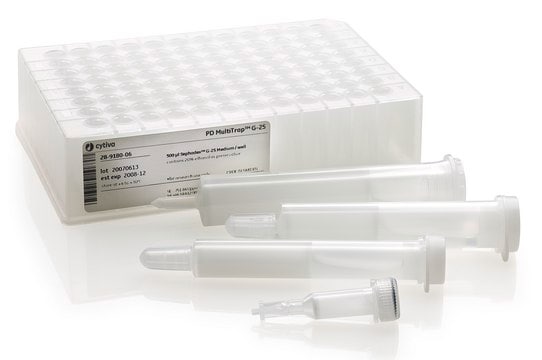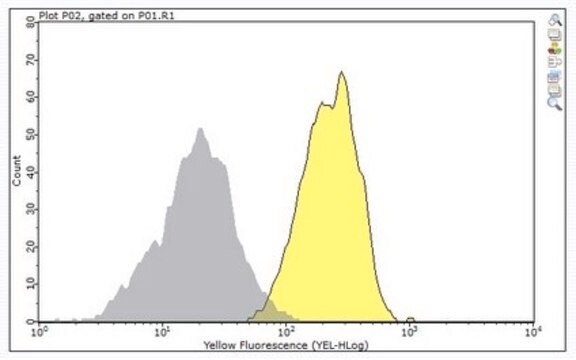AB10516
Anti-Angiopoietin-1 Antibody
from rabbit
Sinónimos:
Hepatic fibrinogen/angiopoietin-related protein, PPARG angiopoietin related protein, angiopoietin-like 4, angiopoietin-like 4 protein, angiopoietin-related protein 4, fasting-induced adipose factor, hepatic angiopoietin-related protein, peroxisome prolif
About This Item
Productos recomendados
origen biológico
rabbit
Nivel de calidad
forma del anticuerpo
affinity isolated antibody
tipo de anticuerpo
primary antibodies
clon
polyclonal
reactividad de especies
horse (95% sequence homology), dog (95% sequence homology), mouse (100% sequence homology), rat (95% sequence homology), bovine (95% sequence homology), mouse, human (90% sequence homology), pig (95% sequence homology)
técnicas
western blot: suitable
Nº de acceso NCBI
Nº de acceso UniProt
Condiciones de envío
wet ice
modificación del objetivo postraduccional
unmodified
Información sobre el gen
human ... ANGPT1(284)
Descripción general
Especificidad
Inmunógeno
Aplicación
Calidad
Western Blot Analysis: : 1:1,000 dilution of this lot detected Angiopoietin-1 on 10 µg of mouse kidney lysate.
Descripción de destino
Forma física
Nota de análisis
Mouse kidney lysate
Otras notas
¿No encuentra el producto adecuado?
Pruebe nuestro Herramienta de selección de productos.
Opcional
Código de clase de almacenamiento
12 - Non Combustible Liquids
Clase de riesgo para el agua (WGK)
WGK 1
Punto de inflamabilidad (°F)
Not applicable
Punto de inflamabilidad (°C)
Not applicable
Certificados de análisis (COA)
Busque Certificados de análisis (COA) introduciendo el número de lote del producto. Los números de lote se encuentran en la etiqueta del producto después de las palabras «Lot» o «Batch»
¿Ya tiene este producto?
Encuentre la documentación para los productos que ha comprado recientemente en la Biblioteca de documentos.
Nuestro equipo de científicos tiene experiencia en todas las áreas de investigación: Ciencias de la vida, Ciencia de los materiales, Síntesis química, Cromatografía, Analítica y muchas otras.
Póngase en contacto con el Servicio técnico